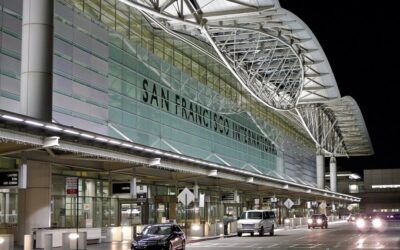The aviation industry (and airlines) in India are again facing turbulent times. Last week I read, in astonishment, about a particular airline asking its employees to take voluntary pay-cuts. The national carrier (Air-India) has grounded 23% of its fleet as it can’t afford spares for its aircraft. And yet others struggle with pilot shortages (pilots eyeing wide-body aircraft that fly to international destinations). Apparently, the most significant impact is caused by rising fuel prices and weakening of the Indian Rupee (against the dollar). So what are the measures that airlines can take to fly through these turbulent times? Are frugal measures like cutting down unnecessary expenses enough?
At the outset I want to say that I am no expert on aviation; my suggestions are based on observation and common sense. I do not have any statistics to back my ideas.
Suggestions
- Consolidate flights to reduce operational costs: Use twin-aisle /wide-body aircraft like Airbus A330 or Boeing 787 on busy routes (Delhi-Mumbai). Some airlines in South East Asia are using the Airbus A380 (double-decker) to fly more passengers on short or medium haul routes. Two planeloads of passengers on a larger aircraft can save on fuel, human resources and other operational costs.
- Cut unnecessary expenditure: Pull out of expensive sponsorships and marketing activities. Can you monetise some of these activities? One airline is thinking about ways to monetize its loyalty programs. Is it really necessary to serve meals on flights that are of less than one-hour duration?
- Act frugal even in good times: When times are good, and fuel prices reduce, continue to be paranoid and avoid unnecessary costs.
- Can you store fuel for future use? I know this sounds ridiculous and policy may not allow it. But airlines generally tank up an aircraft with a little extra fuel for contingencies (like rerouting to other airports in case of congestion). Can the excess fuel be stored in depots maintained by the airline? I am not suggesting hoarding fuel. But if there are fuel reserves, it will go a long way in containing rising fuel costs.
- Fuel saving measures: New fuel saving measures are being introduced at airports. For example, some Indian airlines are conducting trials for Taxibots. These are semi-robotic tractors that can tow the aircraft from the gate to the take-off point. The aircraft’s engines are switched off during the taxi route. Trials have shown that this can lead to significant savings in fuel and CO2 emissions. Taxibots are developed by an Israeli company named Israel Aerospace Industries. The DGCA (regulator in India) has already given its approval for the use of taxibots.
- Stop deep discounting: I know competition is thick. The airlines face competition even from the Indian railways. But this is not the time to offer discounts. Instead, provide value to loyal passengers in other ways. Like offering them priority check-in and seating preferences.
- Be kind to your staff: I know it is hard to get loyalty when there are options. But if you want to reduce attrition among your pilots and employees, show a little heart. It does not cost too much to do that. The other day I saw a crew member travelling by local train in Mumbai. I don’t know if she was frugal or if the airline does not provide ground transport for its staff. But the airline can do its bit to make one’s job more enjoyable.
The government and aviation regulator can also do their part to protect the industry from rising fuel costs. There are strategies to be considered, which involve trade policy and negotiations with fuel suppliers.
I sincerely hope things will improve soon, so that airlines can return to profitability and good times!









